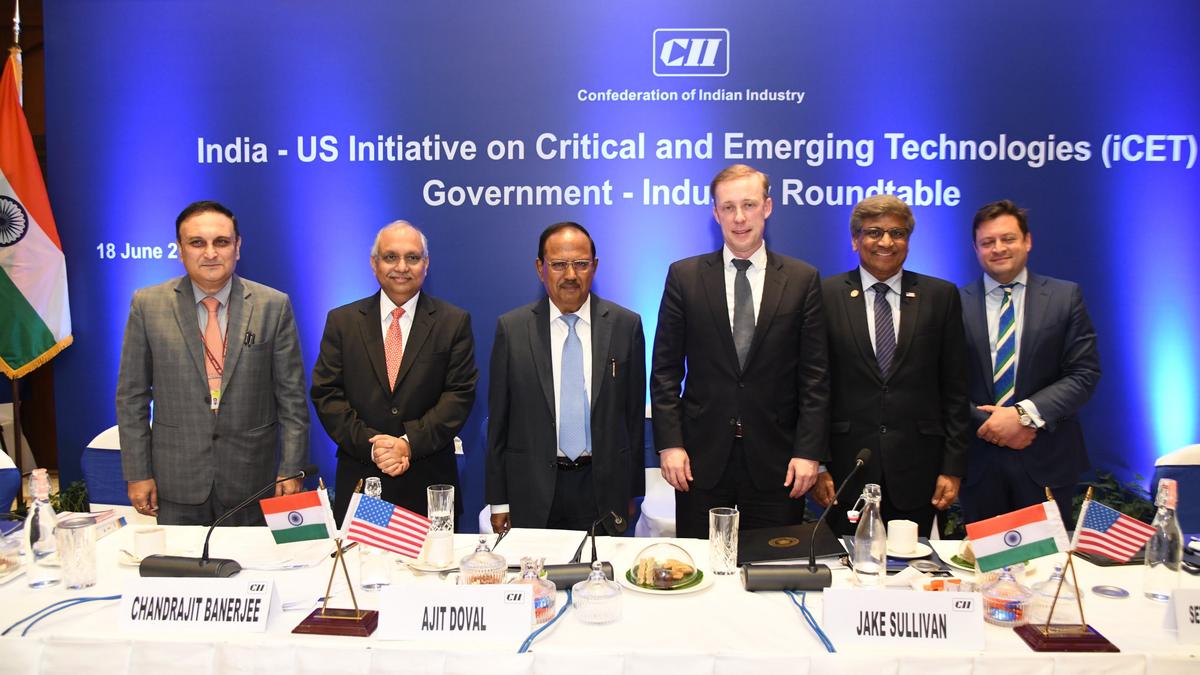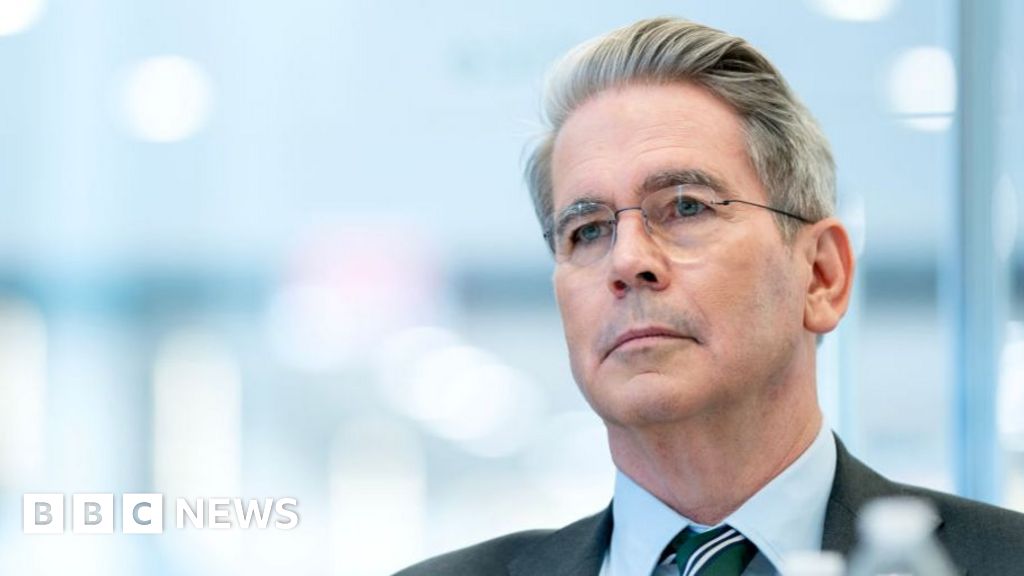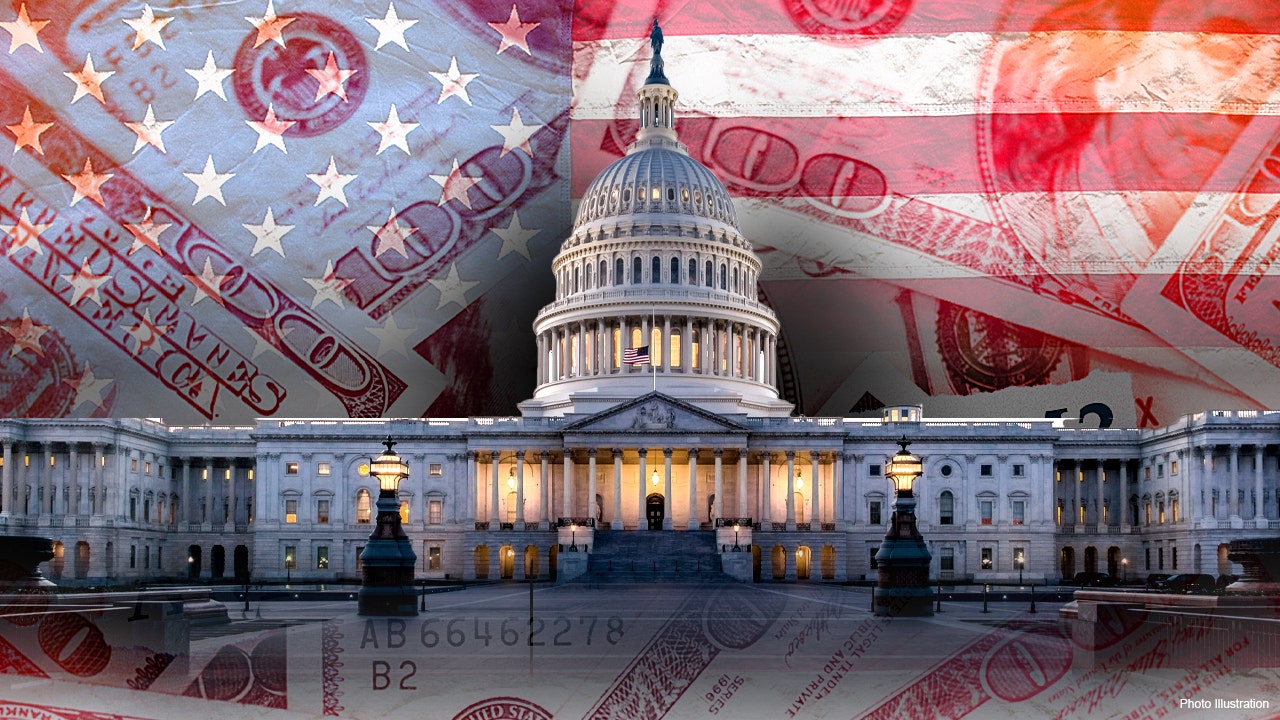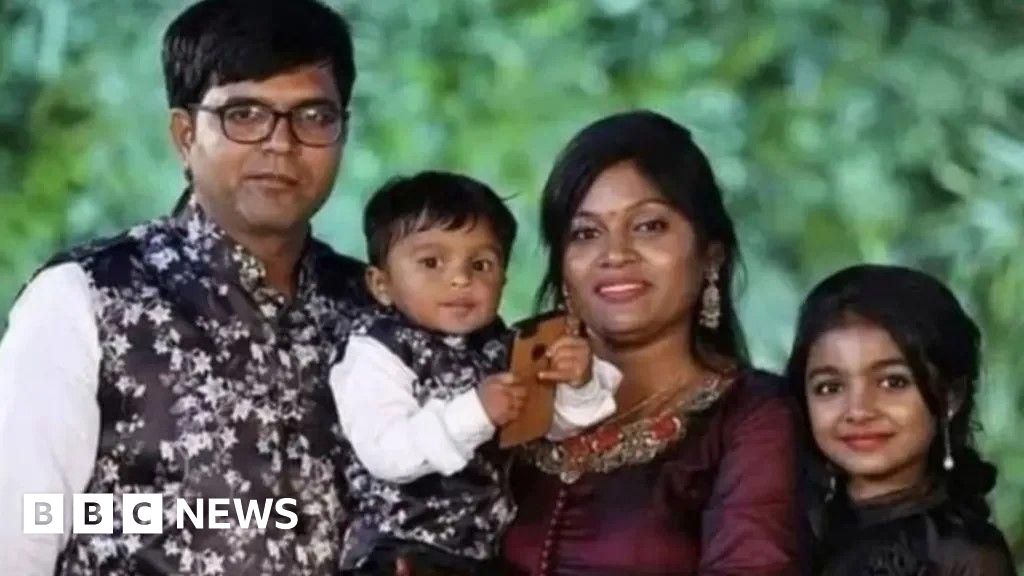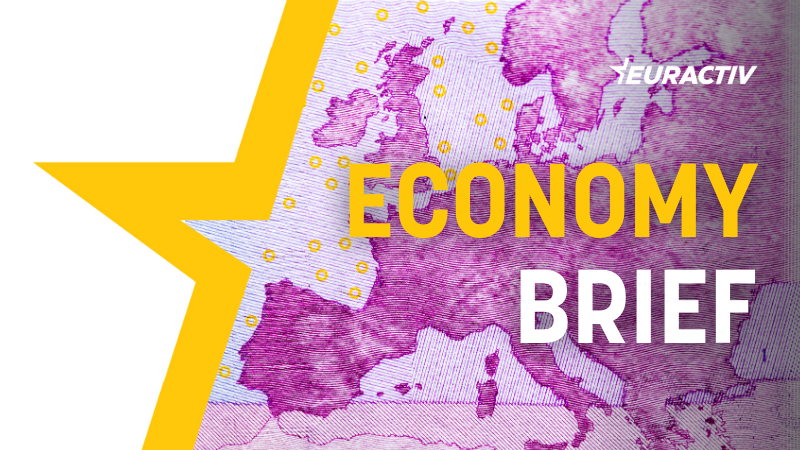India and the United States are expected to dramatically ramp up funding and resources to hundreds of millions of dollars for a bilateral agreement around critical and emerging technologies in the coming years, a top U.S. official said after a June meeting between key political and industry leaders where there was a focus on reducing tech regulations, simplifying government processes between the two nations as well as on the responsible development of artificial intelligence (AI).
National Security Advisor Ajit Doval and his U.S. counterpart Jake Sullivan chaired the second meeting of the bilateral Initiative on Critical and Emerging Technologies (iCET) at the end of June in Delhi with a focus on areas including AI, quantum computing, semiconductors, and wireless telecommunication which has collectively been given a few million dollars of funding for research and scaling technologies so far.
The initiative was launched in January 2023 to strengthen the U.S.-India strategic partnership and drive technology and defence cooperation and was first announced by Prime Minister Narendra Modi and President Joe Biden in May 2022.
Dr. Sethuraman Panchanathan, the Director of the National Science Foundation (NSF), an independent agency of the U.S. government with a $10 billion budget, helped lead the iCET bilateral meeting in Delhi and said that the U.S.-India dynamic would grow dramatically based on common principles, values, simple processes and good ideas as the foundation.
”I understand the desire to have tens of millions of dollars, hundreds of millions of dollars, supported in the future that is a natural expectation and our U.S.-India growth in tech is on that trajectory it’s heading towards that, but that is based on for established partnership between entities that share common constructs of working together,” Mr. Panchanathan told The Hindu.
“People always like money up front, right? Nothing wrong with that. I am a firm believer that resources follow good ideas and good partnerships. So as things scale, resources will definitely be brought to the table on both sides,” he added.
However, Mr. Panchanathan added that the key challenges remain for the two governments and tech industry players primarily around ”processes, procedures, regulations, all of these things can be made simpler on both sides. We can have more productive, more seamless interactions. So that we’re enabling much more of a stronger partnership from industry to industry. That was what was discussed during iCET”.
“Some progress on complicated internal processes within the bilateral tech relationship have been solved in the past few months though,” Mr. Panchanathan said.
“There is a lot more that has happened in the last 24 months than what has happened in the last several decades on tech between the U.S. and India. Now, what we’ve done is we have streamlined the review process for people submitting U.S.-India tech proposals together, jointly as a team, and that’s what we’ve used in our calls communications with all the major Indian ministries. This is a huge step forward, in my view, because we have now figured out the processes and mechanisms to be able to make sure that people are able to submit tech proposals and be able to win the appropriate resources from both the Indian folks from the Indian side and US folks from the US side,” Mr. Panchanathan said.
Mr. Panchanathan, who leads the NSF and directs billions of government dollars in innovative research and education in all the non-medical fields of science, tech and engineering, said that a significant amount of new funding for the U.S.-India tech partnership will come from relevant corporations and industry like U.S. semiconductor companies setting up “huge facilities” in India and working to train India’s workforce in key tech skills in the future.
He said that he envisioned India creating a national AI research resource similar to the U.S.’s National Artificial Intelligence Research Resource (NAIRR) which is focused on responsible discovery and innovation in AI and partners with dozens of Big Tech companies like Microsoft, Google, Nvidia, and others.
“We talked a lot about the growth development of AI, and on the responsible development of AI where we have got some work that we’re doing in that area,” Mr. Panchanathan said.
”There was definitely interest from both sides to see how we can look at what each other is doing and synchronise more on AI. Because at the end of the day, we need to be seeing how we are all looking at responsible AI and making it ethical and safe and privacy preserving in the developments that both sides make,” Mr. Panchathan added.
Multiple tech industry leaders from companies like General Atomics, Tata and a few relevant Indian start-ups were in the room during the iCET bilateral meetings in June however tech giants like Google, Meta, Microsoft, OpenAI and Apple had not been invited, Mr. Panchanathan said.
Mr. Panchanathan, who was born and raised in Chennai in India before migrating to the U.S. in the 1990s, said that there was unusually strong symmetry and momentum between government officials on both sides to build upon the U.S.-India tech partnership in a meaningful and pragmatic fashion.
“My conversations with every one of the Indian ministry secretaries, and they can speak for this too, there was not one time there was any friction or feeling like you’re not delivering your end of the deal. None of that. It was truly a feeling that we are both having aspirations and wanting to work together. So I didn’t see any pushback in my interactions,” Mr. Panchanathan said.

